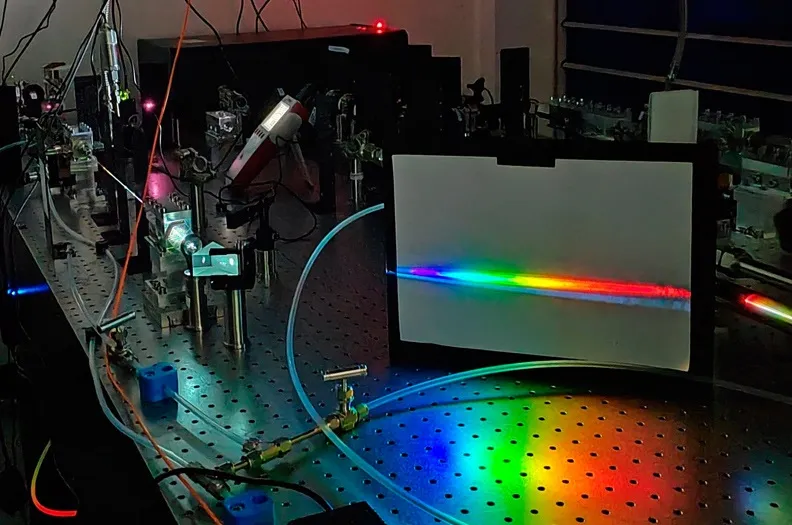 Recently, scientists from the Hannover Laser Center (LZH) and the Ferdinand Braun Institute (FBH) in Berlin are jointly studying electrically pumped semiconductor disk lasers for generating ultrashort pulses.
Recently, scientists from the Hannover Laser Center (LZH) and the Ferdinand Braun Institute (FBH) in Berlin are jointly studying electrically pumped semiconductor disk lasers for generating ultrashort pulses.
Surface-emitting semiconductor lasers are particularly suitable for developing lasers with customized wavelengths.
So far, optical pumping systems have been used to achieve high power levels. However, the assembly of these systems is very complicated.
On the other hand, electrically pumped systems can only achieve a small emission area, so the power of the fundamental mode is low. This limits their application, for example in the field of material processing.
Researchers in the "ED-VECSEL" project aim to achieve an electrically pumped system that emits ultrashort pulses in fundamental mode, high power and simple assembly.

To this end, they will investigate the feasibility of a system consisting of an electrically pumped semiconductor structure with a large emitting surface and a matching resonator, with only one additional optical element
(resonator output coupler) being needed, if possible. As part of the project, LZH is responsible for investigating and integrating the optimized electrically pumped semiconductor chip into an ultrashort pulse laser system.
"Electrically Pumped Semiconductor Disk Lasers for Ultrashort Pulse Generation" ("ED-VECSEL") is a scientific pre-research project funded by the German Federal Ministry of Education and Research to investigate research
questions related to future industrial applications of photonics and quantum technologies and to build a bridge between basic research and industry-led collaborative funding.
Receives European funding to develop high-speed lasers
A scientist at Heriot-Watt University in Edinburgh, UK, will receive more than £2 million in European funding to "fill a blind spot" in the Nobel Prize-winning technology. Christian
Dr. Brahms will spend the next five years building a new type of light source for producing extremely fast laser pulses. His team's goal is to capture the fastest processes in nature, measured in attoseconds.
This, they say, could allow us to see some of the fastest processes in nature, such as how plants absorb sunlight.
The Heriot-Watt project will build on the work of the 2023 Nobel Prize winners in Physics, Pierre Agostini, Ferenc Kraus, and Anne Le Helier, by addressing a key shortcoming when they work on attosecond technology: the inability to see everything.
Dr Brahms added: "Many of the most important breakthroughs in the history of science have been made by observing nature at scales far beyond the limits of human perception.
This is exactly what we are going to study, going far beyond the limits of conventional laser sources and bringing the fundamental science into focus."
The team will work to create a new type of laser that can mimic natural sunlight but with extremely short flashes. He said: "Current technology, such as that reported by the 2023 Nobel laureates, can produce extremely short pulses of light at ultraviolet or X-ray wavelengths.

The project will create five new jobs at Heriot-Watt University: Dr. Brahms will recruit three PhD students and two postdoctoral research assistants to help design and build the laser light source. The project is one of 50 projects in the UK to receive a European Research Council starting grant in 2024.
This funding supports cutting-edge research in a wide range of fields, helping researchers pursue the most promising ideas. Dr. Brahms believes that this funding is a vote of confidence in the UK's technology and research cultur He said that the success rate of applications for ERC funding is only 14%. Therefore, we are officially among the most dynamic and exciting research projects in Europe.
Professor Maria Leptin, President of the European Research Council, said: "Enhancing the capabilities of researchers in the early stages of their careers is the core mission of the European Research Council.
I am particularly pleased to welcome British researchers back to the European Research Council. We have missed them very much in the past few years. British researchers have received 50 grants, which is good for the entire research community.
 High Power Fiber Laser Cutting Machine
High Power Fiber Laser Cutting Machine
 Enclosed Fiber Laser Cutting Machine
Enclosed Fiber Laser Cutting Machine
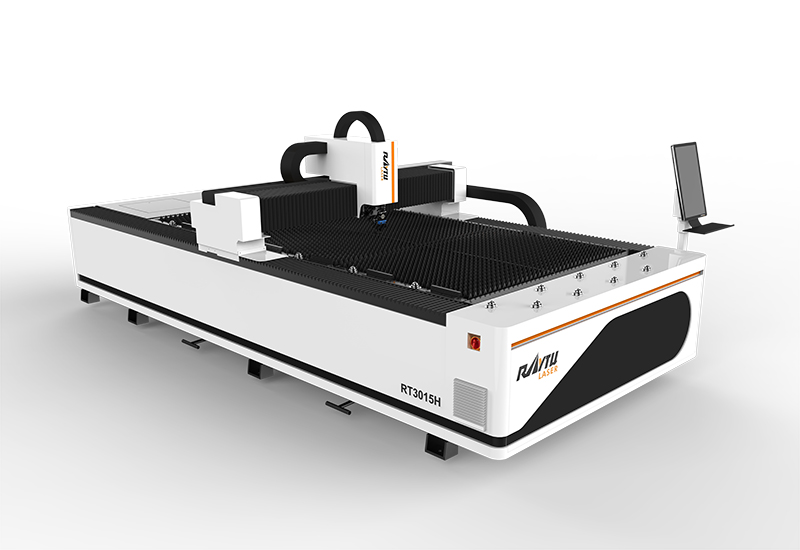 Sheet Metal Laser Cutting Machine
Sheet Metal Laser Cutting Machine
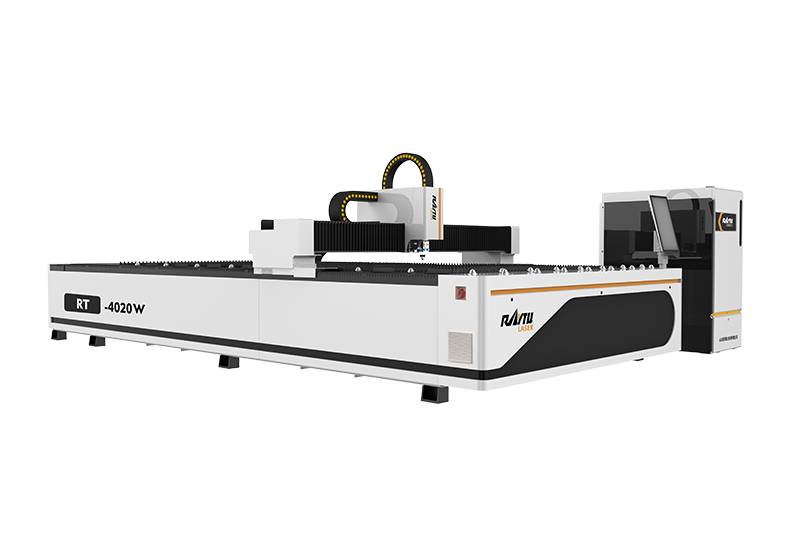 Medium Power Metal Laser Cutting Machine
Medium Power Metal Laser Cutting Machine
 Automatic Tube Laser Cutting Machine
Automatic Tube Laser Cutting Machine
 Coil Fiber Laser Cutting Machine
Coil Fiber Laser Cutting Machine
 RTC-12036M 3 Chucks Tubeeber Laser Cutting Machine
RTC-12036M 3 Chucks Tubeeber Laser Cutting Machine
 Single Table Enclosed Fiber Laser Cutting Machine
Single Table Enclosed Fiber Laser Cutting Machine






 EN
EN ES
ES RU
RU AR
AR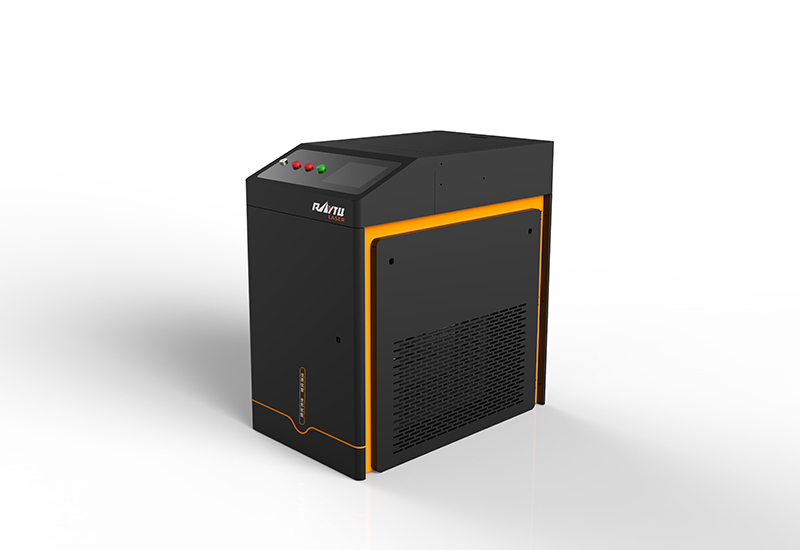
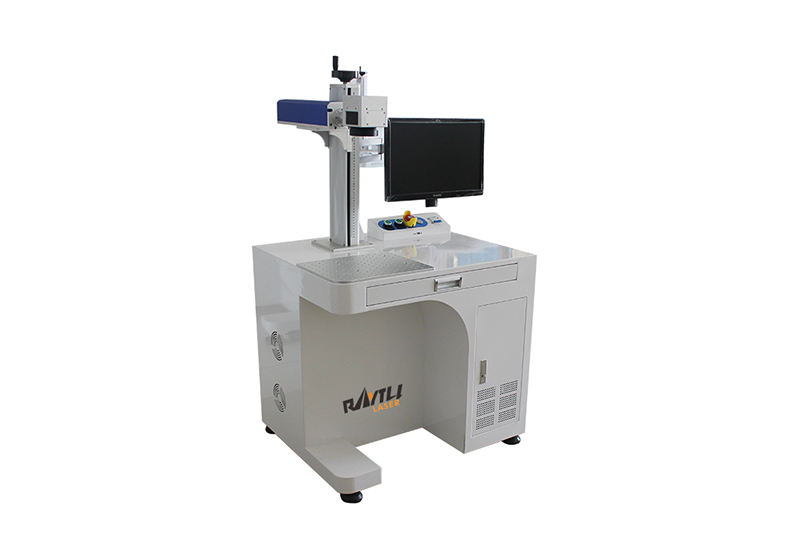
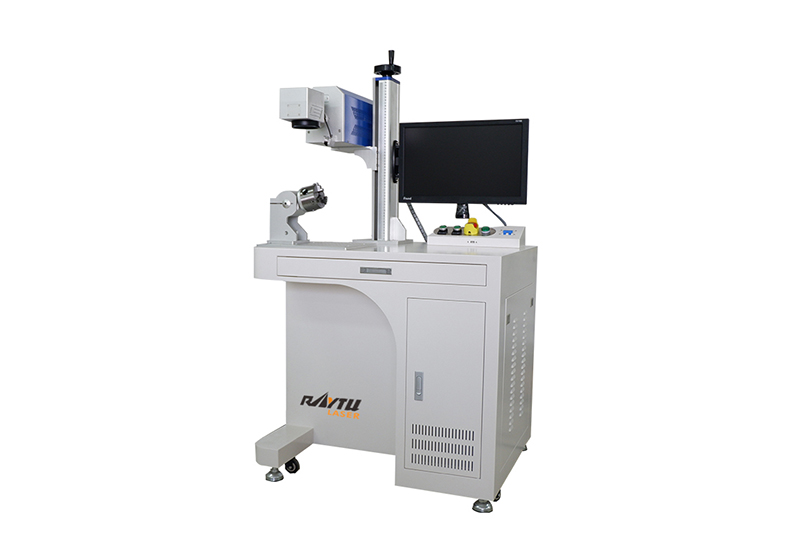

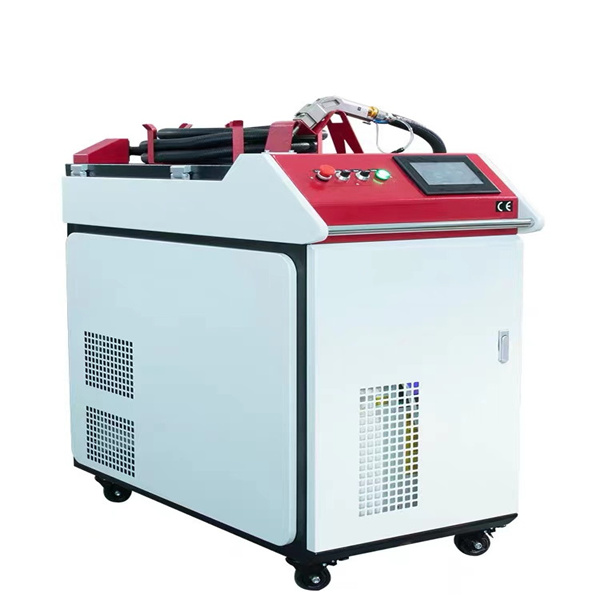
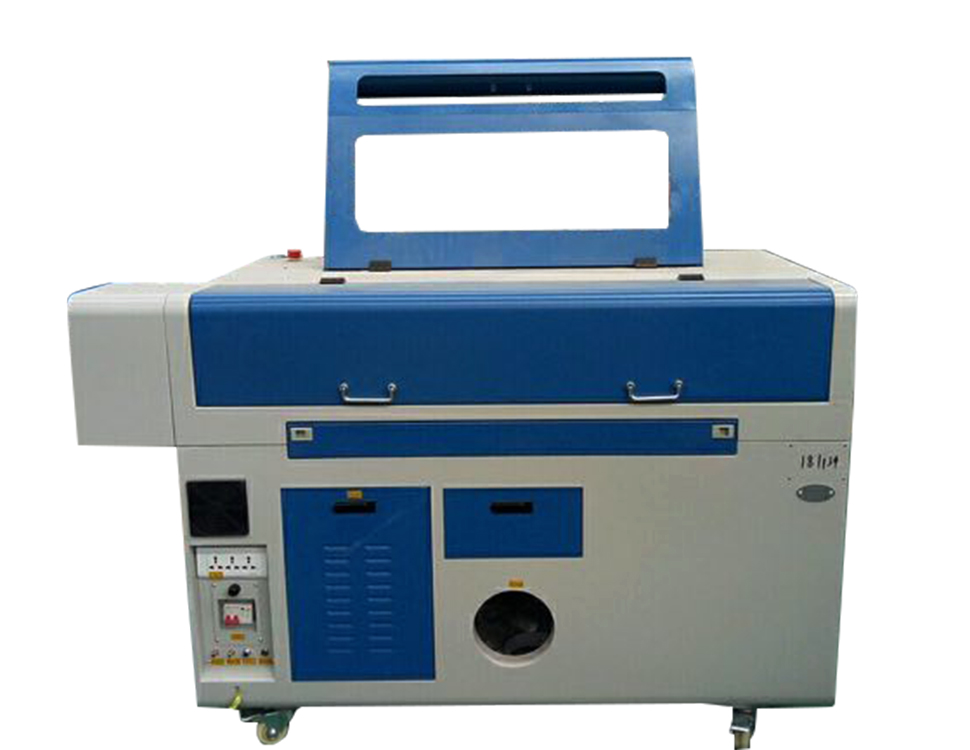


 Recently, scientists from the Hannover Laser Center (LZH) and the Ferdinand Braun Institute (FBH) in Berlin are jointly studying electrically pumped semiconductor disk lasers for generating ultrashort pulses.
Recently, scientists from the Hannover Laser Center (LZH) and the Ferdinand Braun Institute (FBH) in Berlin are jointly studying electrically pumped semiconductor disk lasers for generating ultrashort pulses. 





